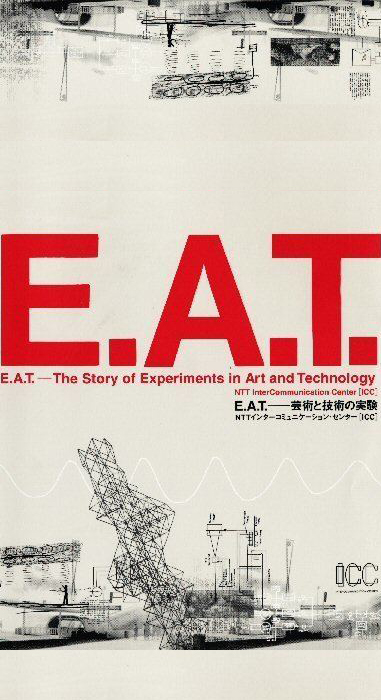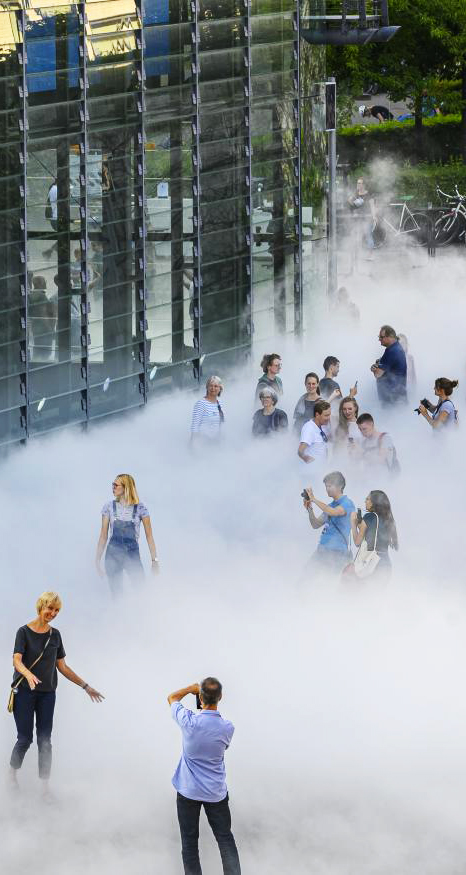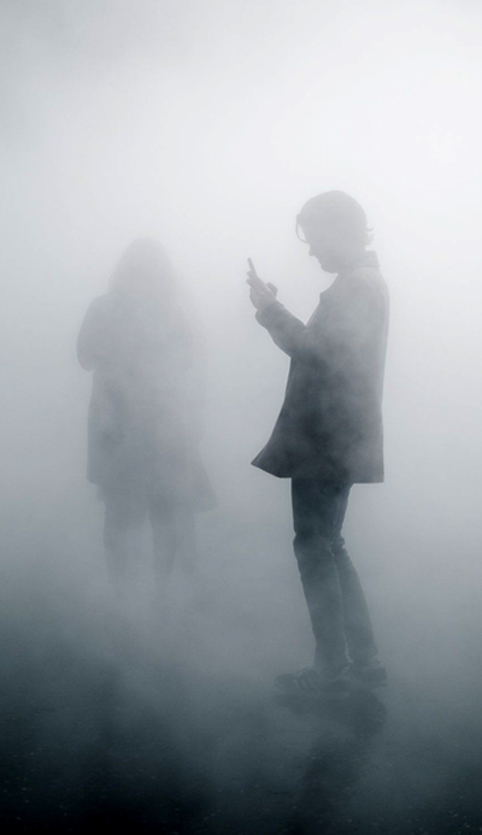
E.A.T
E.A.T
Experiments in Art & Technology
In 1966, 10 New York artists worked with 30 engineers and scientists from the world renowned Bell Telephone Laboratories to create groundbreaking performances, known as 9 Evenings: Theatre and Engineering. Artists included Andy Warhol, John Cage, Lucinda Childs, Vyvind Fahlstrvm, Alex Hay, Deborah Hay, Steve Paxton, Yvonne Rainer, Robert Rauschenberg, David Tudor, and Robert Whitman. Notable engineers involved include: Bela Julesz, Billy Kluver, Max Mathews, John Pierce, Manfred Schroeder, and Fred Waldhauer.

